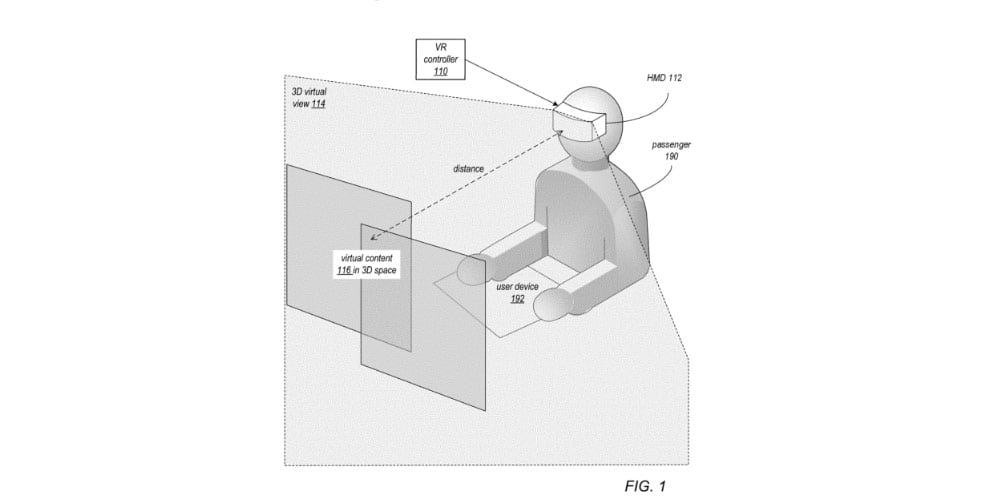YouTuber Mark Rober has been secretly—as Variety reported it—working on a virtual reality project for Apple’s self-driving car project. Mr. Rober is known to his 3.4 million YouTube subscribers for his science-related videos, but starting in 2015, he went to work for Apple.
It’s interesting (to me) that this report came out of Variety, an entertainment magazine, rather than one of the rumor-focused Apple, tech, or mainstream outlets. But then, “YouTuber” is the world of entertainment, so perhaps this story and its breaking source are an representative sign of the times.
Mark Rober, Apple Employee
In any event, Variety didn’t name its sources, and Apple didn’t comment for the story. But in a Reddit AMA, Mr. Rober said in 2017 that he was working for a company that had asked him to not to name it, and that “I work on the team formulating products that haven’t been released.” His LinkedIn profile specifies 2015 as his last major job change, again unnamed.
From there, Variety delves into a couple of Apple VR-related patent applications dealing with self-driving cars filed with Mr. Rober’s name on them. Which is super cool. Both patents deal with VR in settings specific to driverless car settings, though they could also be applied to other VR and augmented settings.
Apple VR Patent Applications
Here’s one juicy patent application abstract:
Embodiments of the VR system may provide enhanced immersive virtual experiences to passengers in moving vehicles that are not achievable in conventional stationary VR systems. Integrating the VR system with a vehicle in motion provides opportunities for enhancing virtual experiences that are not available while sitting in a room using a stationary simulator or wearing a (VR headset). For example, accelerations and motions in a virtual experience can be matched to or enhanced by accelerations and motions of the vehicle, and thus do not have to be simulated using gravity vectors as in a stationary simulator.

Apple has a long history of using patent applications as misdirection, obscuring the use to which the company actually intended to put them. That might or might not be the case here, but it’s exciting no matter what.